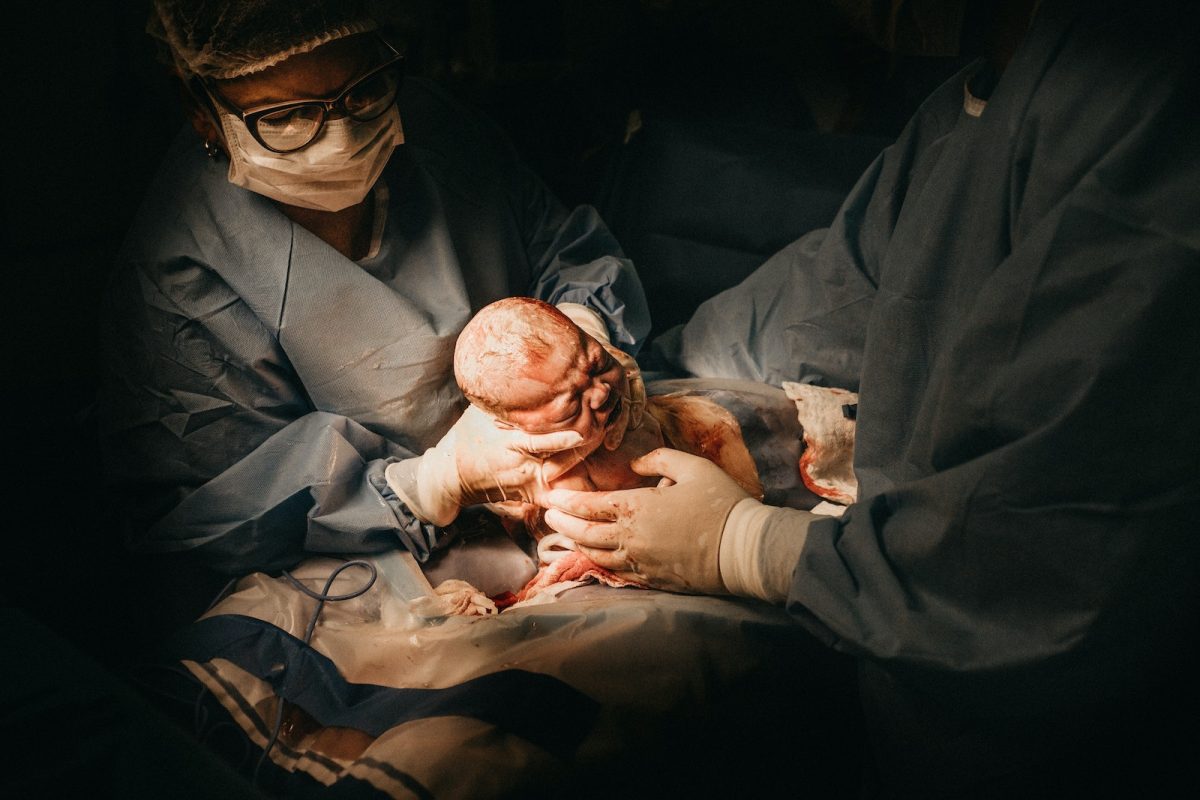Birth Trauma Fractures: Fractures, such as clavicle (collarbone) fractures, are relatively common birth injuries. They can occur when excessive force is applied during delivery or if the baby’s position is not properly managed.
If your child or grandchild has experienced a birth trauma fracture, it is natural to have concerns about the causes of such injuries and how you can support them. In this article, we will explore the causes of birth trauma fractures, which can occur during delivery, and provide guidance on how to support your child through their recovery.
Causes of Birth Trauma Fractures:
Birth trauma fractures can occur when excessive force is applied during the birthing process or when the baby’s position is not managed correctly. The most common causes include:
- Difficult or Prolonged Delivery: A difficult or prolonged delivery can put stress on the baby’s fragile bones, increasing the risk of fractures. This can happen if the baby’s passage through the birth canal is hindered or if there are complications such as shoulder dystocia (the baby’s shoulder getting stuck) or breech presentation (feet-first delivery).
- Assisted Deliveries: Using instruments such as forceps or vacuum extractors during assisted deliveries may pose a risk of birth trauma fractures. If these instruments are not applied carefully, or excessive force is used, it can result in bone fractures, especially in the skull, collarbone (clavicle), or upper arm (humerus).
Supporting Your Child:
- Medical Evaluation and Treatment: If your child has suffered a birth trauma fracture, seeking medical evaluation and treatment is essential. Healthcare professionals will assess the extent of the fracture and provide appropriate care, which may include immobilization, pain management, and monitoring for any associated complications. Follow their guidance to ensure proper healing and recovery.
- Gentle Handling and Positioning: While your child’s fracture is healing, handling them gently and being cautious with their positioning is important. Support their affected limb when holding or carrying them, and avoid putting pressure on the injured area. Follow any instructions provided by healthcare professionals regarding proper handling and care.
- Pain Management: Birth trauma fractures can be painful for your child. Follow the pain management recommendations provided by healthcare professionals, such as administering appropriate pain medication, applying cold packs, or using other pain-relieving techniques suitable for your child’s age and condition. Monitor their comfort and communicate any concerns to the healthcare team.
- Emotional Support: Supporting your child emotionally during their recovery is crucial. Offer comfort, reassurance, and age-appropriate explanations about their injury. Encourage them to express any fears or concerns they may have and provide a nurturing and supportive environment where they feel safe and loved.
- Rehabilitation and Physical Therapy: In some cases, rehabilitation and physical therapy may be recommended to aid in the recovery of birth trauma fractures. These therapies can help improve the range of motion, strengthen muscles, and promote healing. Work closely with healthcare professionals and therapists to develop a personalized plan that addresses your child’s specific needs and promotes optimal recovery.
- Education and Advocacy: Inform teachers, caregivers, and other individuals involved in your child’s care about their birth trauma fracture. Collaborate with the school or childcare center to ensure they receive accommodations or support during their healing process. Advocate for your child’s needs and rights to ensure they have an inclusive and supportive educational environment.
Understanding the causes of birth trauma fractures and providing appropriate support is essential for your child’s healing and recovery. You can support your child during this challenging time through medical evaluation and treatment, gentle handling, pain management, emotional support, rehabilitation, and educational advocacy. Remember, each child’s healing process is unique, and with your love, care, and support, they can overcome the obstacles and grow stronger.

